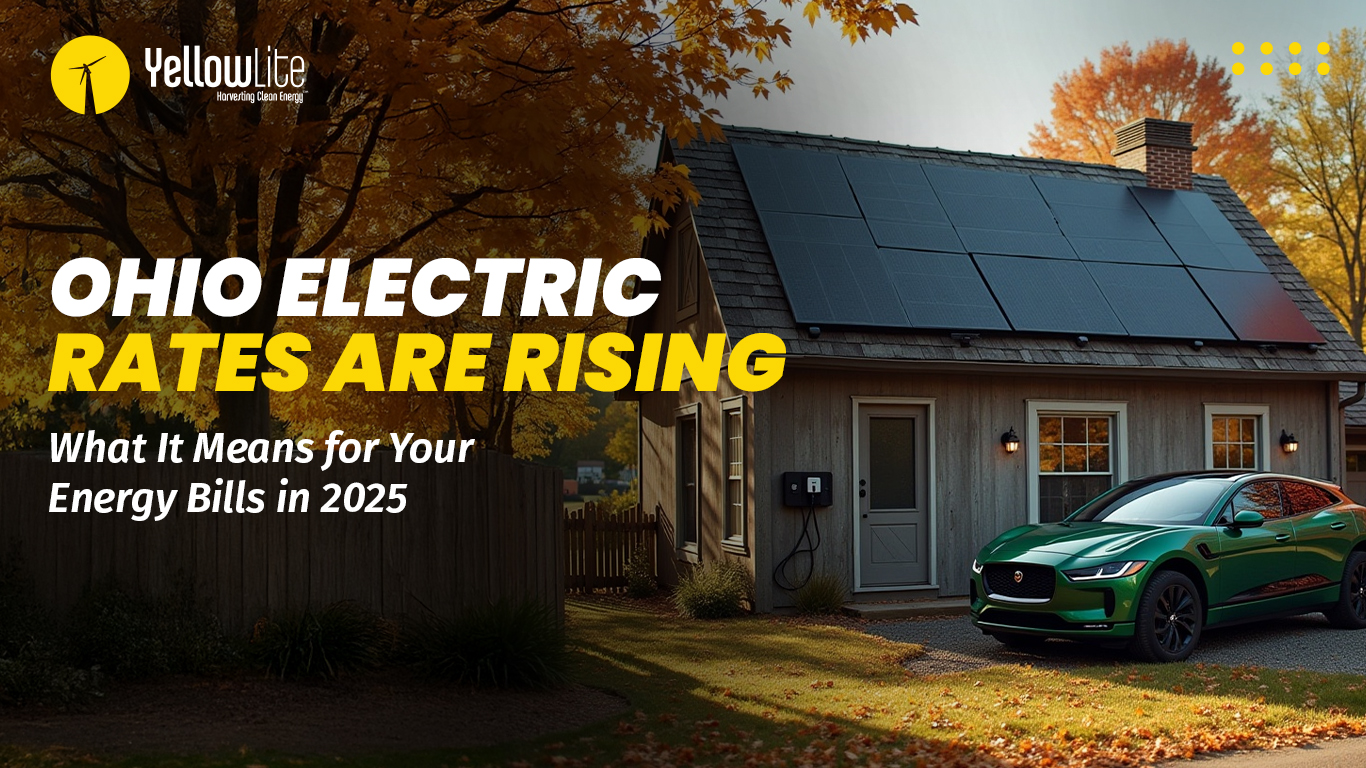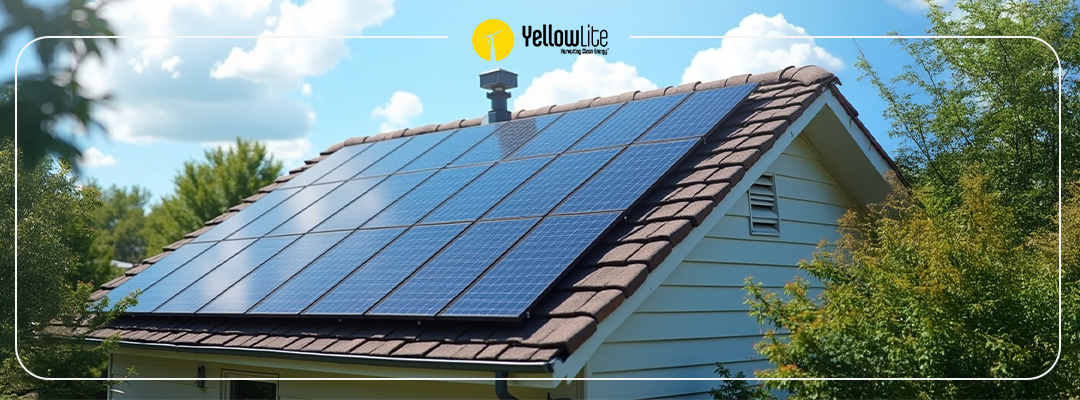As more homeowners prioritize sustainability, the concept of net-zero homes is gaining momentum. A net-zero home produces as much energy as it consumes, thanks to a combination of energy-efficient upgrades and renewable energy sources, like solar power. For homeowners, solar energy plays a pivotal role in achieving this eco-friendly lifestyle. In this guide, we’ll explore the steps necessary to transition to a net-zero home, from assessing your energy needs to embracing a sustainable way of living.
1. Assess Your Energy Needs
The first step in transitioning to a net-zero home is to assess your current energy usage (link to how to calculate your household energy usage - new blog). Review your utility bills to understand how much energy you consume monthly and identify patterns in usage. For residents in cities with more extreme seasons like Cleveland, Columbus, and Cincinnati, analyzing this data is crucial for designing a solar system that meets your specific needs.
2. Improve Energy Efficiency
Before investing in solar panels, enhance your home’s energy efficiency. Simple upgrades can significantly reduce energy consumption:
- Insulation: Ensure your home is well-insulated to minimize heating and cooling costs.
- Energy-Efficient Appliances: Upgrade to Energy Star-rated appliances that use less energy.
- Smart Home Technology: Incorporate smart thermostats and energy monitors to optimize your energy usage.
By improving your home’s energy efficiency, you can reduce the size and cost of the solar system needed to achieve net-zero status.
3. Install Solar Panels
Once you’ve assessed your energy needs and improved efficiency, it’s time to install solar panels. Partnering with a reputable solar provider, like YellowLite, ensures you receive quality installation and service. When selecting a solar system, consider:
- System Size: Choose a system that aligns with your energy needs and the amount of sunlight your location receives.
- Type of Solar Panels: Talk to us about the different types of panels to find the best fit for your home.
- Financing Options: Explore various financing methods, including cash purchases, loans, and leases, to make the investment manageable.
Check out the installation process and what to expect here.
4. Consider Battery Storage
Incorporating battery storage into your solar system allows you to store excess energy generated during sunny days for use during cloudy days or at night. This enhances your home’s energy independence and helps you maintain a consistent energy supply, further moving you toward a net-zero status.
5. Monitor and Adjust
After installing your solar system, regularly monitor its performance. By staying informed, you can make necessary adjustments to your energy habits or maintenance needs, ensuring your system operates at peak efficiency. Yellowlite can walk you through this process.
6. Embrace a Sustainable Lifestyle
Achieving a net-zero home is not solely about technology; it also involves adopting a sustainable lifestyle. Consider the following:
- Reduce Water Usage: Install low-flow fixtures and consider rainwater harvesting.
- Opt for Sustainable Materials: Use eco-friendly materials for home renovations.
- Engage in Community Initiatives: Participate in local sustainability programs or renewable energy cooperatives.
Conclusion
The journey toward a net-zero home is a fulfilling endeavor that combines financial savvy with environmental stewardship. For homeowners in Northeast Ohio and the Midwest, integrating solar energy is a key component in achieving this goal. By assessing energy needs, improving efficiency, installing solar panels, and embracing a sustainable lifestyle, you can contribute to a healthier planet while enjoying long-term cost savings.
At YellowLite, we are committed to helping you make this transition. Let us guide you on your path to energy independence and a sustainable future through solar energy. Start your journey today, and take the first step toward a brighter, cleaner tomorrow!



